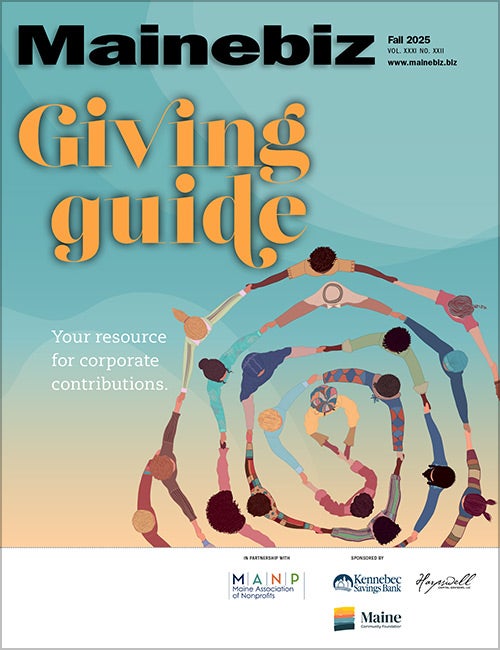
Title IX in flux: What schools need to know right now
Few laws have shaped the educational landscape more than Title IX, and few have seen as much turbulence in recent years.

Enacted in 1972 as a 37-word mandate prohibiting sex-based discrimination in federally funded education programs, Title IX has evolved far beyond its early associations with gender equity in sports.
Today, it's at the center of vigorous debate over campus policies on sexual harassment and misconduct, and it’s created confusion for those trying to stay in compliance. For educational institutions, here’s what you need to know now — and what steps you can take to stay on solid ground.
Recent changes — and why they didn't stick
In 2024, the Biden administration released the final version of new Title IX rules that expanded protections against discrimination based on sexual orientation, gender identity, and pregnancy.
The administration also eliminated the requirement for a formal written complaint and required broader employee reporting and training.

But those changes didn’t last long. Just months later, federal courts blocked the rule in over two dozen states. And in January 2025, a federal judge struck down the rule nationwide, holding that it was beyond the Department of Education’s statutory authority, unconstitutional, and arbitrary and capricious.
The current rules
As a result, the 2020 Title IX regulations — implemented during the first Trump administration — are once again the law of the land.
These rules use a narrower definition of sexual harassment and require schools to institute specific grievance procedures, including cross examination of witnesses at a live hearing.
They also say schools are only required to respond to sexual harassment if certain employees, depending on the type of school, have “actual knowledge” of it, which is a higher standard.
While schools are still free to handle other forms of misconduct under their own codes of conduct, their Title IX obligations are now firmly tethered to the Trump Administration’s 2020 framework.
What does this mean for schools today?
With Title IX requirements shifting over time, clarity and consistency are more important than ever. Schools need to ensure that their current policies align with federal rules and stay flexible enough to adapt to future changes.
The best way forward is to stay informed and prepared. Here’s how:
- Audit your current Title IX policy to ensure it reflects the 2020 federal regulations.
- Train staff and Title IX coordinators regularly on current procedures and responsibilities.
- Document every step of the process, from reports to final decisions.
- Communicate clearly with students and staff about rights, responsibilities, and reporting options.
- Create a plan for staying up to date on legal developments and potential policy changes.
- Review your procedures annually to stay compliant and consistent.














0 Comments